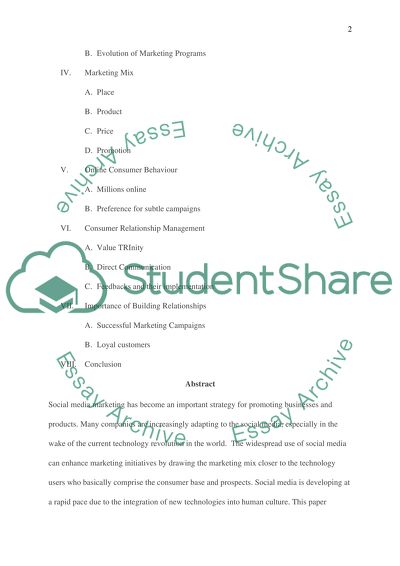Cite this document
(“Digital Marketing: The Importance of Social Media Essay”, n.d.)
Digital Marketing: The Importance of Social Media Essay. Retrieved from https://studentshare.org/marketing/1402917-digital-marketing-academic-essay
Digital Marketing: The Importance of Social Media Essay. Retrieved from https://studentshare.org/marketing/1402917-digital-marketing-academic-essay
(Digital Marketing: The Importance of Social Media Essay)
Digital Marketing: The Importance of Social Media Essay. https://studentshare.org/marketing/1402917-digital-marketing-academic-essay.
Digital Marketing: The Importance of Social Media Essay. https://studentshare.org/marketing/1402917-digital-marketing-academic-essay.
“Digital Marketing: The Importance of Social Media Essay”, n.d. https://studentshare.org/marketing/1402917-digital-marketing-academic-essay.


